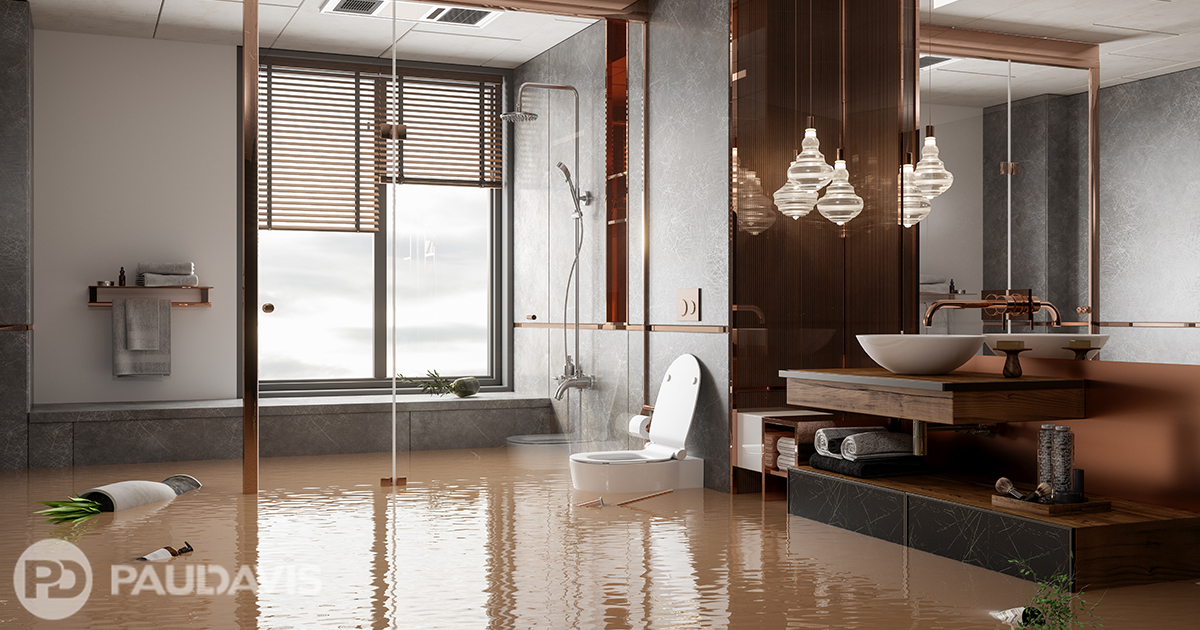
The new global headquarters– termed “our front door to the world” by the midwestern company’s president - was stunning. Embellished by historical elements in the lobby, the 124,000-square-foot building demonstrated the company’s commitment to growth in Northeast Ohio. But no structure is immune to thousands of gallons of water erupting uncontrolled.
“Pipes burst on Christmas Eve last year, less than four months after ribbon-cutting,” says Nick Piccirillo, owner of Paul Davis of Cleveland Metro and Akron, Ohio. “The entire lobby and offices on two floors flooded, with important systems in the engineering lab next endangered. It was a sobering reminder that water damage can happen anytime in commercial buildings, even if they are brand new.”
Piccirillo named five areas at particular risk for water damage in commercial buildings.
Water-based building systems such as water supply piping, sewer pipes, sprinklers, and HVAC systems. Prevention tip: these systems require regular maintenance, inspection and testing by qualified professionals. Many municipalities require regulatory bodies to inspect and certify certain building systems.
Plumbing fixtures such as toilets, faucets, water fountains. Particularly in multi-story structures with stacked plumbing, toilets are major sources of water damage. Prevention tip: inspect supply hoses regularly and replace them on recommended schedules, even if they appear undamaged.
Water storage equipment such as water tanks (often used for water supply or fire protection systems) and water heaters. Prevention tip: all storage vessels require regular inspection and replacement. In particular, water heaters are well-known sources of catastrophic flooding as tanks rust from within as their interiors remain unblemished.
Structural elements such as roofs, evesthrough, landscaping. Flat roofs, incorrect water drainage and poor landscaping design can all contribute to stormwater entering the structure. Prevention tip: retain qualified and experienced roofing professionals to inspect, maintain and repair roofing materials. Additionally, note stormwater runoff patterns to ensure they flow away from buildings.
Inattention to spaces unused or infrequently used. Even a small leak can become a significant problem if it’s not noticed for a long period. Prevention tip: Schedule regular walk-throughs and systems inspections of all areas.
“When commercial property owners or tenants envision a property loss, they think of raging fires or extreme storms that destroy buildings completely,” Piccirillo says, noting that his crews started work on Christmas Day at the inundated Ohio headquarters and finished restoration ahead of schedule. “But water damage is one of the most common mitigation and restoration jobs we do.”
